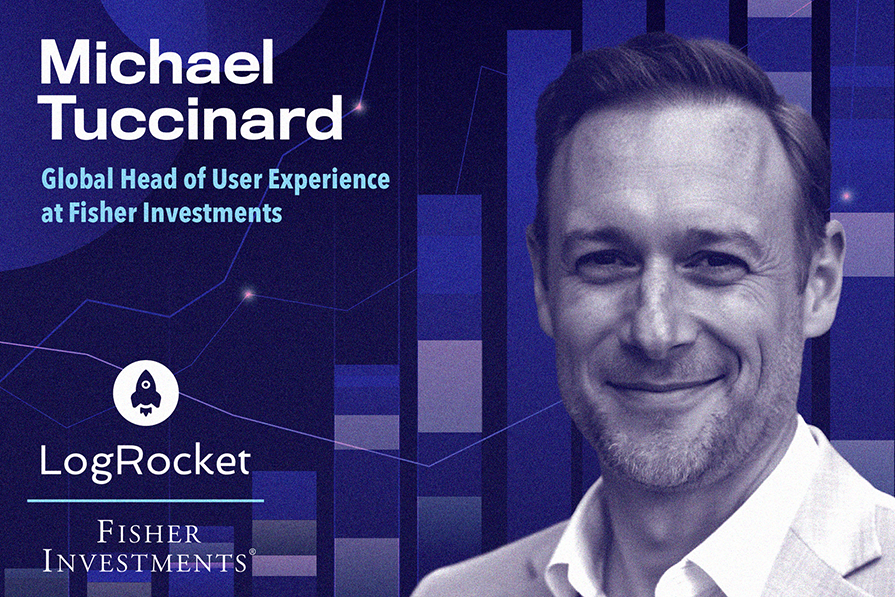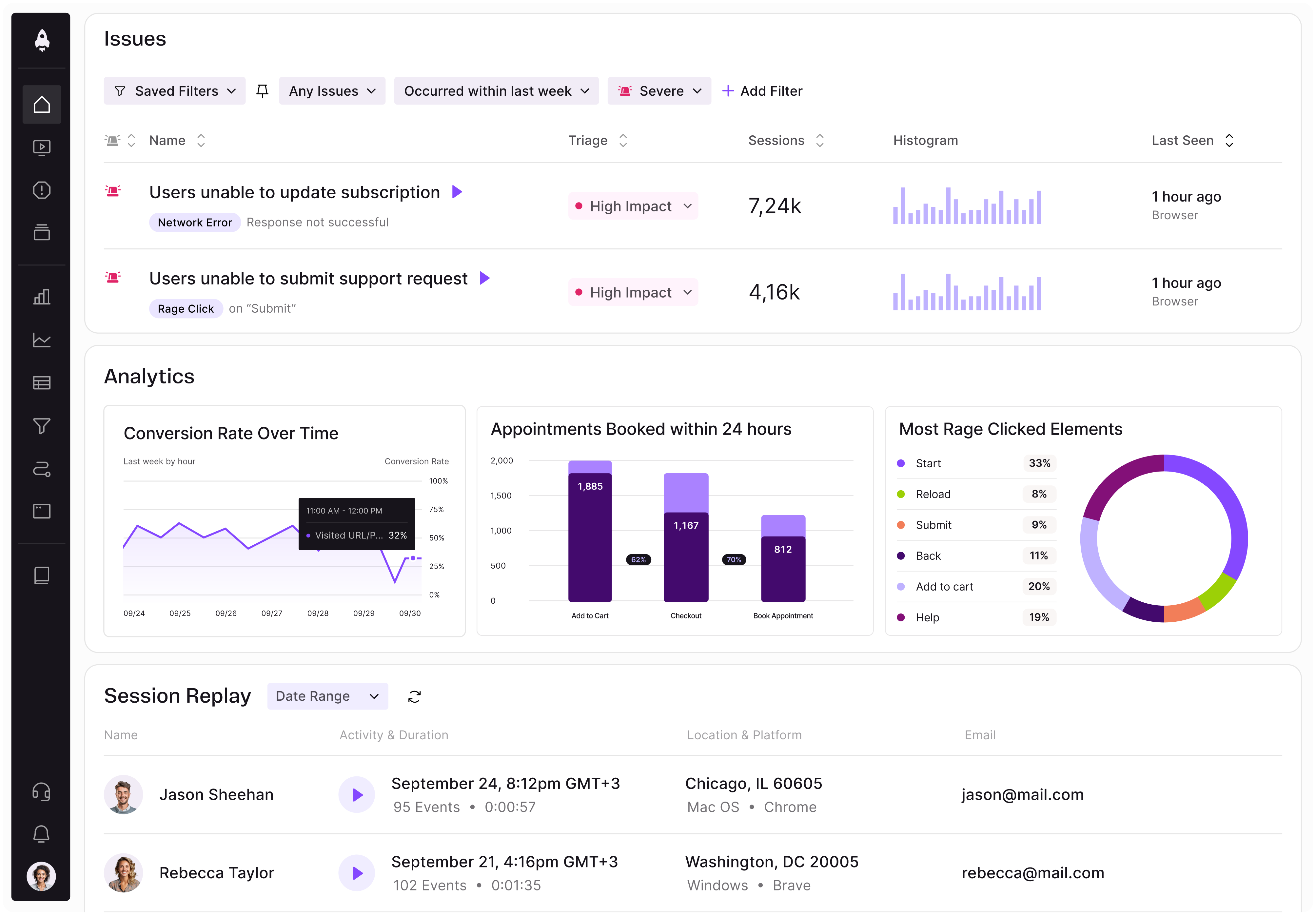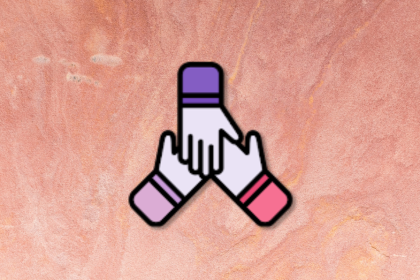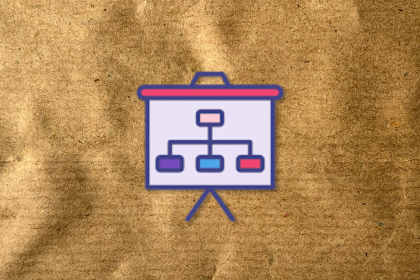Michael Tuccinard is Global VP of Digital Experience at Fisher Investments. He began his career as an art director at International Masters Publishers before transitioning to a creative director role at Fidelity. Over 25 years, he founded UX organizations at Putnam Investments, Fidelity Investments, and Fisher Investments. He also founded Big Studio, his own boutique customer experience practice that served clients including Bank of America, Raytheon, Staples, and New York Life.

In our conversation, Michael discusses his efforts working with organizations to change perspectives and tactics around user experience. He shares strategies for uncovering the root of the problem, rather than just trying to craft a solution, and how he rallies teams to adopt this approach.
The nature of the UX profession is continually evolving and my approach has certainly evolved throughout my career. First, I try to understand the maturity and overall culture of a company’s user experience. From there, I figure out how I can elevate that. I typically find that most places gravitate toward more of a UI-centric definition of UX, but I want to reframe it as an experience that needs a holistic strategy centered around the uniqueness of people.
In general, I find there’s an underwhelming emphasis on change management and transformation around user experience. When I’m trying to build out a UX function within an organization, I start by identifying someone who has an appetite for this type of work. I step back and take an observational approach to understand the environment, identify where folks may have concerns, and then determine how I can change that.
I’ve spent a large portion of my career in financial services, which is a very traditional industry. People there tend to think in zeros and ones, per se, so the question then becomes how to help them to pivot out of that mindset.
One thing I do to address this challenge is run experience workshops. People are usually happy to get away from their desks and do some thinking, and that’s the goal of these events. They’re centered around the client or the customer and are designed to help draw out insights. We role-play from the client perspective and tie everything back to the processes they run. I’ve found this to be a very effective way of introducing an idea.
How can we start to understand the business objectives? How do we start to think from an impact standpoint? How do we start to tie the experience to some sort of metrics? Our goal is to tell stories about people and move away from just thinking about features to add. From there, how can I provide tactical outputs that folks can point to? In the UX space, this can be a very difficult thing to accomplish. That’s why being business-minded is so important.
I like for the majority of my senior leadership to take a sales-minded approach, which requires persuasiveness. I don’t overemphasize what I call “theater design workshops,” which is when we say, “Let’s have people think and dream completely blue sky, come away, and feel really great about everything.”
Instead, I try to create opportunities to help people understand how the business works and how UX metrics move the needle for them. There is a relationship-building component that plays a big role in this. We talk about trust ad nauseam in my team. How do we gain trust? How do we measure it? Whenever I’ve helped an organization build out a UX function, I didn’t start by over-indexing on explaining what user experience is. Instead, my goal was to find somebody who was interested in UX and was also trying to accomplish something, tie UX to their goal, and then help them deliver on it.
In more traditional industries, people often think of UX as purely a design system or a user interface. Especially in financial services, UX is often at the backend of the digital landscape.
Startups, however, have a very different culture — it’s almost like you have to try different things to survive. At a place like Fisher, we’re a forward-thinking, well-established company, so the question of “Why do we need UX?” yields a very different answer. At a startup, or even in banking, exceptional UX is necessary to stay relevant.
Additionally, financial services deal with very sensitive information. So, how does a UX team move beyond systems? Who are the people we’re servicing and how do we start to get that information? Moving away from building products to servicing people is a challenging shift, and, from there you also have to learn to connect the two.
Things like customer retention, termination reduction, and internal thinking are all ways to measure success. When we started building out the UX function at Fisher, everyone was thinking about models and processes very linearly. So, we said, “Let’s think more about the process from a human perspective.” At the end of the day, people don’t work linearly — they make decisions in all sorts of ways. They inject their own biases and get interrupted throughout the day.
With the human perspective, our task evolved into providing the user with a means to accomplish their goal easily and within their comfort zone. We underwent motion studies, and we took a traditional route of sitting with our internal teams to see firsthand how they work. This actually helped us better understand the customer side as well.
For example, one thing that we developed was an experience scorecard, which allowed us to track how people work and the experience of the products that they use. From there, we brainstormed how we could give them a similar experience with less friction. Overall, we took a very heuristic approach.
I think of it like maturity models. When I was at Fidelity in the early 2000s, I was part of establishing their user experience team. Except, we weren’t called user experience because the term didn’t exist. We were trying to figure out what this digital space was. We invented crazy products with the least intuitive interfaces, but everyone was figuring it out together.
I then had the interesting opportunity to return to Fidelity in 2016 as a consultant, so a lot of time had passed since my first go-around with them. They had matured a lot since I was last there. One of the most interesting things I noticed was that at the executive level, they were talking about their clients as personas. Every decision was wrapped around the idea of a persona, instead of being 100 percent focused on thinking about the financial aspects of actual customers.
I’d say the real difference for me, though, is that when you’re internal you’re focused on delivery. You’re in it for the long haul. You’ve got to walk in there with your badge every day. You can’t just go off to the next client, so the focus is really on taking the journey together and seeing it out.
I don’t emphasize much traditional user experience. I look for people who have demonstrated that they can be persuasive. I like to ask the question, “Have you ever been a part of building a user experience practice?” I feel like everybody says “yes.” And then there’s a bit of a shock and awe when they realize I’m not asking them to build a traditional user experience practice, I’m asking them to build toward something that’s unknown.
Working in product, especially at Fisher, is a journey, and I look for people who are up for that and all the learnings that come with it. Specifically, I seek out people who demonstrate that they can be okay with things being ambiguous and undefined.
When I hire somebody, I try to have conversations to really understand and emphasize how they structure unstructured chaos. I am still growing, too, and our team is a collective figuring it out each step of the way. It’s important to me to find people who have different perspectives, who are very excited about building something new, and who want to have their own fingerprints on a practice. Those are the types of people I want to bring onto my team.
I actually have a culture scorecard that I use in interviews. I use it to try to assess where the candidate fits with the culture today and how they may be able to influence where I think the culture needs to move to in the future.
I take a more solution-oriented approach. The further along you are in your career, the more experiences and solutions you’ve seen. So, I try to encourage validation. It’s all about validating or invalidating a solution and understanding whether you have taken the full journey.
To do this, I start by thinking about the problem we’re trying to solve. Sometimes, that’s a big challenge if the problem isn’t obvious, and people often jump to a solution instead of trying to understand why the problem exists in the first place. How do we understand, from the perspective of a customer or a user, what the problem is? What might those pain points be?”
From there, I move people into the abstract space. What are the opportunities that make the most sense? How do we start to think through those opportunities? Nine times out of 10, I’m trying to reframe the solution and bring it back to inherently understanding the problems we’re trying to address.
I believe an organization’s culture is tied to the way people there think. I’ve found this especially true in Fortune 500 companies, for example. There comes a point where you inherently start to become risk-adverse, I saw this first hand when I had my own consulting business. How do you get people to be comfortable with risk? Well, one of the nice things about UX is that we spend a lot of time helping the business align on what they’re saying by helping them see what they’re saying. That’s incredibly powerful.
I sit in sessions with executives where they describe different things, and I show them how that translates into the product and UX. That’s a really important function of what we do — helping people listen intently and align together. Innovation doesn’t need to be the start — alignment is the start. From there, you can start to push toward something great.

LogRocket identifies friction points in the user experience so you can make informed decisions about product and design changes that must happen to hit your goals.
With LogRocket, you can understand the scope of the issues affecting your product and prioritize the changes that need to be made. LogRocket simplifies workflows by allowing Engineering, Product, UX, and Design teams to work from the same data as you, eliminating any confusion about what needs to be done.
Get your teams on the same page — try LogRocket today.

A practical five minute revenue estimation method to help product managers compare ideas, drop low impact features, and prioritize smarter.

A practical guide for PMs who want to stop being bottlenecks, delegate smarter, and lead teams effectively with a clear ownership framework.

Stop letting unreliable data block features. Treat data as inventory to track quality, ownership, and ship with confidence.

Learn why slide decks slow teams down and explore better tools like whiteboards, PRDs, and prototypes to improve collaboration and alignment.
One Reply to "Leader Spotlight: Structuring unstructured chaos, with Michael Tuccinard"
Your blog is a true hidden gem on the internet. Your thoughtful analysis and in-depth commentary set you apart from the crowd. Keep up the excellent work!